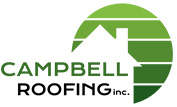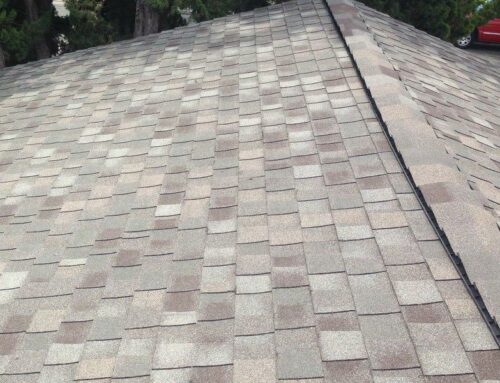Is putting weight on your flat roof a good idea? You may want to walk on your flat roof, install HVAC equipment on it, or even turn it into a green roof with plants. Before you even step on the roof, you should know if it will support you. How much weight can your flat roof support? Let’s discuss how you can find out.
California Building Standards
Any commercial flat roof that was built to California building standards can hold 300 pounds concentrated, or 300 pounds placed in an area measuring 2.5 by 2.5 feet. That means that a functioning roof that is up to basic standards can hold you and may accommodate basic HVAC equipment. However, you will want to have an expert confirm that your roof does meet these basic standards before you start.
Do you have a residential flat roof? These are not subject to the same building codes as commercial flat roofs. Instead, California only requires these roofs to hold 20 pounds per square foot. However, you are likely to find that a flat roof on your home can support more.
Your Building’s Specifics
A flat roof may be able to hold much more than just the 300 pounds concentrated. Your construction documents or structural documents may give you an idea of what the roof can hold, but if your roof has been altered since those documents were drawn up, or if the building has aged dramatically, they may not be correct.
Your roofer, architect or a structural engineer can figure out the more specific weight that your roof can hold. They may also be able to tell you what kind of weight your roof is already holding. For example, if you have significant ponding issues, your roof is holding extra water weight. You may need to resolve that ponding and remove the water before you add your equipment.
Dead Load Versus Live Load
When you’re looking at a professional’s report on how much weight your flat roof can hold, you’ll want to look at the dead and the live load. The dead load is the weight of the roof itself, and anything permanently installed on it. If you install plants on a green roof, they will be part of the dead load.
The live load is the impermanent weight that the roof can hold in addition to the dead load. Live loads include people, draining water, and snow.
Your dead load and maximum live load combined should not exceed the total load that the roof can hold.
What Happens if You Exceed Weight Limits?
Unfortunately, weight limits are frequently exceeded on flat roofs. When they are, a few problems are likely to happen:
- Compressed insulation: Under too much weight, your flat roof weight may compress and become less effective.
- Ponding: Dips from excess weight can create ponding problems.
- Roof leaks: Dips, ponding, and compressed roof parts can all lead to roof leaks.
- Roof collapse: In rare cases, a roof that is seriously overloaded may collapse.
If you need to know exactly how much weight your specific flat roof can hold, reach out to the experts.







